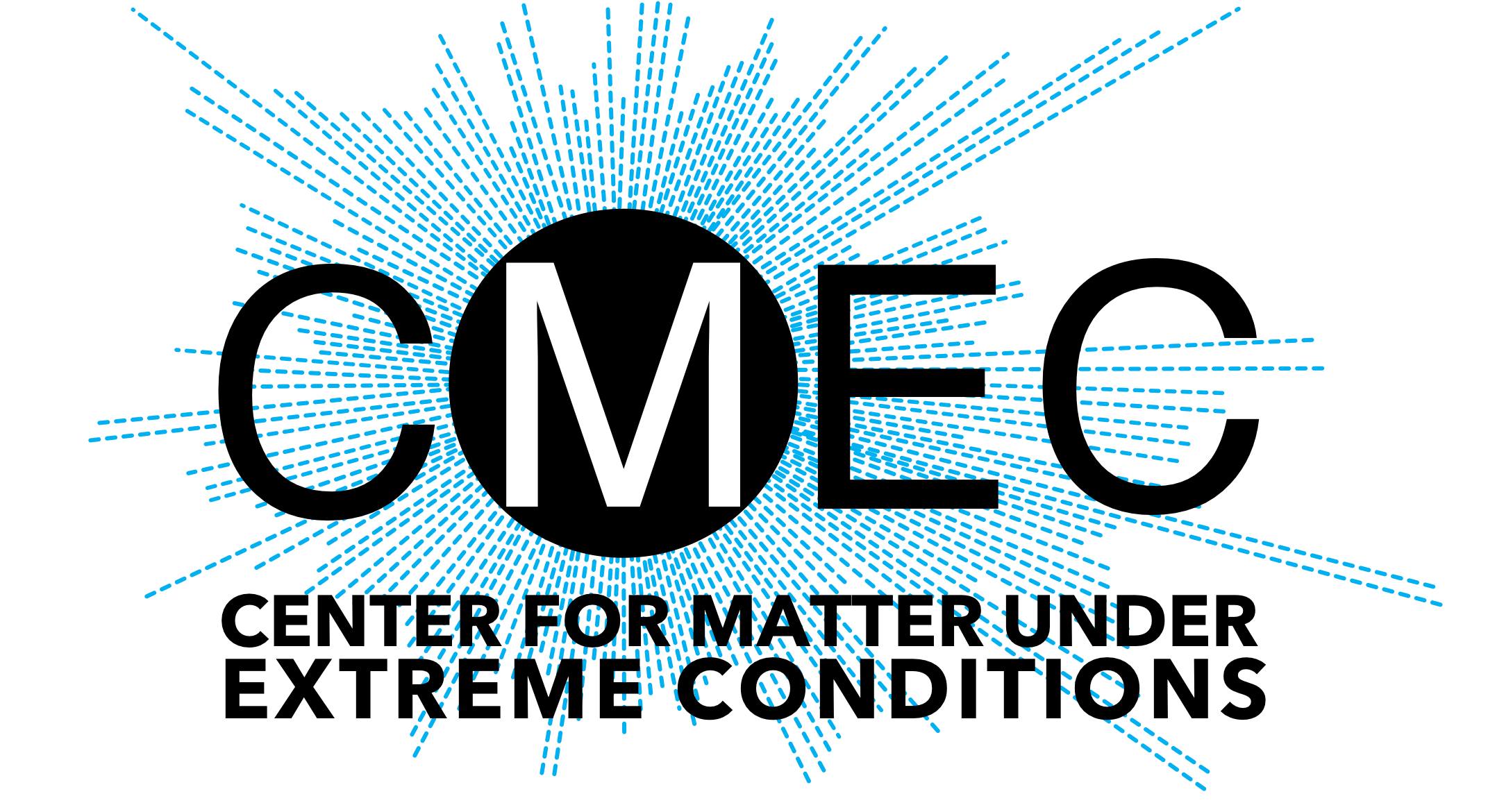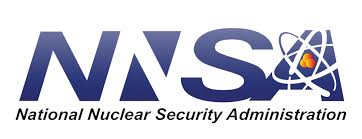Program
View the program here.
Welcome Reception / Registration
Welcome Reception & Registration Desk
Dirty Birds La Jolla at 7:15 p.m.
There will be a welcome reception with drinks and desserts at Dirty Birds La Jolla on Sunday July 16 at 19:15 or 7:15 p.m. This reception is open to all summer school attendees. At this reception, you will check-in with the school organizers, receive your name badge and socialize with other students, postdocs, and research scientists attending the 2025 school program.
Students must be at least 21 years old to drink alchoholic beverages.
Walking directions from Pines to the Dirty Birds is below.
List of Instructors
| Name | Institution |
| Alexey Arefiev | University of California San Diego |
| Bill Stygar | Lawrence Livermore National Laboratory |
| Burkhard Militzer | University of California, Berkeley |
| Cameron Geddes | Lawrence Berkeley National Laboratory |
| Chris Ridgers | University of York |
| Clément Goyon | Lawrence Livermore National Laboratory |
| Connor Williams | Sandia National Laboratories |
| Dustin Froula | University of Rochester |
| Farhat Beg | University of California San Diego |
| Federico Halpern | General Atomics |
| Félicie Albert | Lawrence Livermore National Laboratory |
| Gianluca Gregori | Uiversity of Oxford |
| Gilbert "Rip" Collins | University of Rochester Laboratory For Laser Energetics |
| Hai Le | Lawrence Livermore National Laboratory |
| Hui Chen | Lawrence Livermore National Laboratory |
| Igor Golovkin | Prism |
| Jaime Marian | University of California, Los Angeles |
| Joe Kilkenny | Lawrence Livermore National Laboratory |
| Jorge Rocca | Colorado State University |
| Mario Manuel | General Atomics |
| Michael Campbell | University of California San Diego |
| Michael Staderman | Lawrence Livermore National Laboratory |
| Omar Hurricane | Lawrence Livermore National Laboratory |
| Patrick Knapp | Pacific Fusion |
| Paul Fitzsimmons | General Atomics |
| Petros Tzeferacos | University of Rochester |
| Pitam Mitra | ASML |
| Raspberry Simpson | Lawrence Livermore National Laboratory |
| Raymond Jeanloz | University of California, Berkeley |
| Riccardo Betti | University of Rochester |
| Russell Hemley | University of Illinois Chicago |
| Sarah Ceja | University of California San Diego |
| Scott Wilks | Lawrence Livermore National Laboratory |
| Stuart Morris | AWE Nuclear Security Technologies |
| Tom White | University of Nevada, Reno |
| Warren Mori | University of California, Los Angeles |
Poster Session
Date & Time
There will be two poster sessions: 3:00 p.m. on Monday, July 14, and 3:00 p.m. Tuesday, July 15.
Students are assigned to one of these poster sessions.
Poster Assignments, Titles and Abstracts
View poster assignments (session and board number) and titles and abstracts.
General Poster Guidelines
- Final poster titles and abstracts will be collected at a date closer to the event. An email will be sent to accepted participants to annouce this deadline.
- We will provide easels, foam boards, and painter's tape for the posters
- SIZE: Dimension of poster foam boards are 3 feet by 4 feet.
- We cannot print any posters. You must make arrangements to print your poster prior to the poster session.
- Each poster presenter will be assigned a number, which corresponds to a board number. Please place your poster on the board that matches your number.
- A group of experts will determine the 3 best student posters and single best postdoc poster. (Student prizes, first: $100, second: $75, third: $50; postdoc prize, $125)
Set-up
Poster set-up will be available starting at 12:00 p.m. on the day of your session. Posters must be displayed no later than 2:45 p.m. on the day of your session.
Displaying Poster
The poster session is open from 3:00 p.m. to 4:30 p.m.
Take-Down of Poster
All posters should remain up for viewing throughout the entire poster session. You may take down your poster after 4:30 p.m. We request that you do not leave your posters up over night. Any posters left after the poster sessions will be removed.
Short Talks
Date & Time
There will be two talk sessions: 4:30 p.m. on Monday, July 14, and 4:30 p.m. Tuesday, July 15. (Directly after the poster sessions.)
Students will be assigned to a specific time during a specific session.
Short Talk Assignments, Titles and Abstracts
View short talk session assignments and titles and abstracts.
General Talk Guidelines
- Talks last 10 minutes and allow for a 5 minute Q&A.
- You will be cut off after 10 minutes.
- We recommend creating a powerpoint slide deck to accompany your talk.
- You can find tips for creating a research talk here.
- A group of experts will determine the 3 best student talks and single best postdoc talk. (Student prizes, first: $100, second: $75, third: $50; postdoc prize, $125)
Closing Reception at Crafted @ Minerva’s Cafe
Closing Reception at Crafted @ Minerva’s Cafe
Thursday, July 24 at 6:30 p.m.
There will be a closing reception at Crafted @ Minerva's Cafe, a restaurant located on the first floor of Franklin Antonio Hall on Thursday, July 24 at 18:30 or 6:30 p.m. Food and drinks will be served. This event is open to all attendees of the summer school. Students must be at least 21 years old to drink alchoholic beverages.

